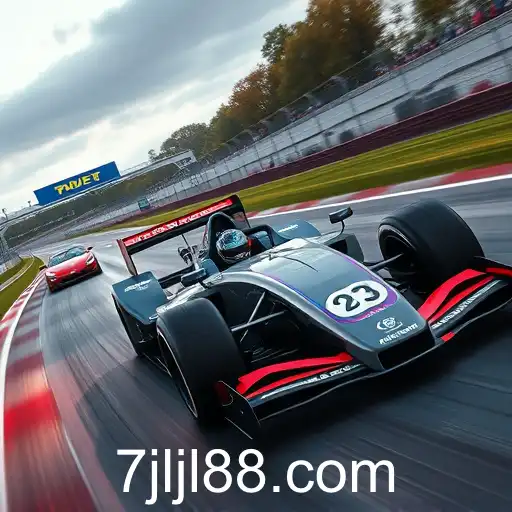Racing games have long been a staple of the gaming industry, captivating players with their thrilling blend of speed, strategy, and competition. From the simplistic graphics and gameplay mechanics of early titles to the hyper-realistic simulations available today, racing games have evolved dramatically, drawing in fans of all ages.
Initially, racing games were characterized by their arcade-style simplicity, offering straightforward, fast-paced action. Iconic titles such as 'Pole Position' and 'OutRun' set the standard with their charming graphics and addictive gameplay. Players were hooked by the ability to race against both the clock and AI-driven opponents, with the objective being to finish first at all costs.
As technology advanced, so too did the expectations of gamers. Enter the era of console gaming, where franchises like 'Gran Turismo' and 'Forza Motorsport' redefined the genre with their focus on realism. These games introduced players to a world where tuning car performance, optimizing tire choices, and understanding weather impacts were just as critical as mastering the track. This level of detail attracted a new audience, eager for a simulation experience that mirrored real-world racing.
These simulations were made possible by advancements in processing power and graphics technology, enabling developers to create highly detailed environments and vehicles. Players could now select from hundreds of cars, each meticulously modeled after its real-world counterpart, and compete on faithfully recreated tracks located around the globe.
Racing games have also embraced the competitive nature of esports, with events and tournaments growing in complexity and popularity. Online multiplayer features have amplified this phenomenon, allowing players to race against others from around the world, thus adding yet another layer to the competitive aspect of these games.
Moreover, the rise of open-world racing games has further diversified the genre. Titles like 'Need for Speed' and 'The Crew' allow players to explore vast environments where racing is interspersed with exploration and discovery. This open-world format creates a sandbox experience, merging the thrill of racing with the unpredictability of open-world adventures.
The introduction of virtual reality (VR) has added yet another dimension to the experience, providing an immersive experience that puts players directly in the driver's seat. VR technology offers unparalleled levels of realism, as players can experience the sensation of speed and the thrill of racing from a first-person perspective.
Today, racing games continue to evolve, embracing new technologies such as augmented reality (AR) and artificial intelligence (AI) to further enhance gameplay. As developers continue to push the boundaries of what's possible, racing games will undoubtedly remain at the forefront of innovation in gaming, constantly evolving to deliver new experiences for players around the world.

Explore the fascinating development of racing games, where adrenaline-pumping speed meets intricate strategy and realistic simulation.

